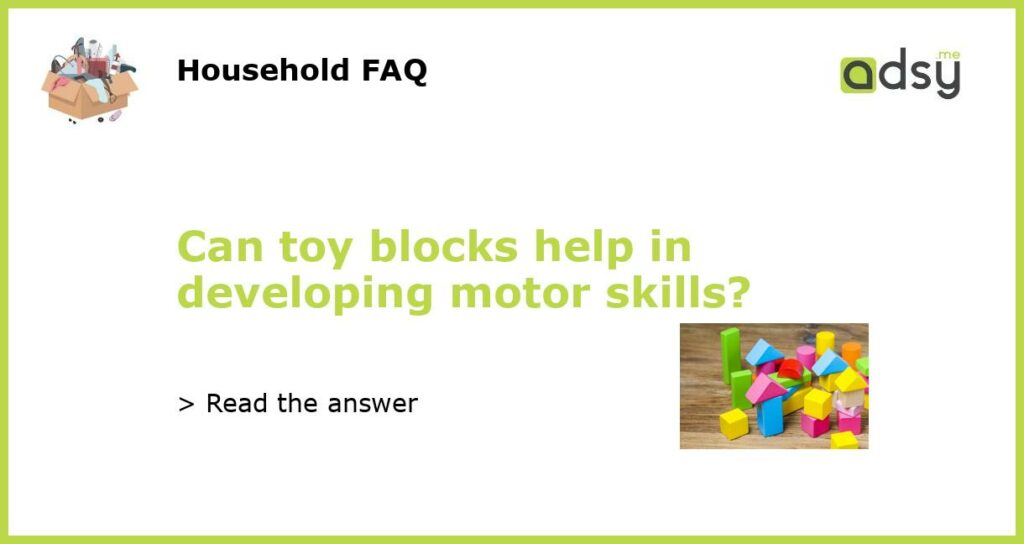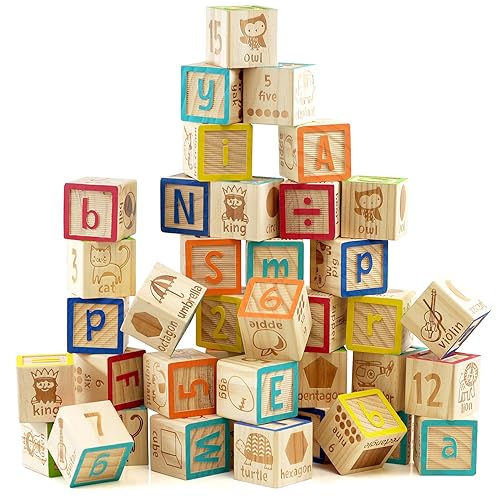Toy Blocks: A Fun Way to Develop Motor Skills
Motor skills are essential for our everyday activities, from tying shoelaces to zipping up a jacket. They are necessary for the development of both fine motor skills, which involve the use of small muscles like fingers, and gross motor skills, which involve the use of larger muscles like those in the arms and legs. While there are numerous activities and toys that can help develop motor skills, one particularly effective tool is toy blocks.
Building Fine Motor Skills
As children manipulate toy blocks, they engage in fine motor activities such as grasping, stacking, and interlocking. These actions require hand-eye coordination, as well as control of the small muscles in the hands and fingers. By repeatedly performing these movements, children strengthen their fine motor skills, improving their ability to perform tasks that require precise movements like writing or using utensils.
2. Enhancing Spatial Awareness
Building with toy blocks requires children to understand and manipulate spatial relationships. They learn to judge distances, sizes, positions, and orientations of the blocks. This promotes spatial awareness and the ability to mentally visualize objects in three dimensions. These skills are important for activities such as reading maps, understanding shapes and patterns, and even solving complex math problems.
Promoting Creativity and Problem-Solving
Toy blocks provide children with a blank canvas for creativity and problem-solving. They can decide how they want to build, experimenting with different arrangements and structures. This stimulates imaginative thinking and encourages children to come up with unique solutions. When their structures collapse, children also learn to problem-solve and figure out what went wrong, fostering resilience and adaptability.
Strengthening Gross Motor Skills
While toy blocks are often associated with fine motor skills, they can also help develop gross motor skills. Building with larger blocks requires children to use their arm and leg muscles to reach, stretch, and balance. This helps develop coordination, strength, and control of larger muscle groups. It also improves postural stability, which is essential for activities like running, jumping, and playing sports.
Promoting Social Interaction
Blocks are a versatile toy that can be used both independently and collaboratively. When children build with others, they engage in social interaction, communication, and cooperation. They learn how to share ideas, negotiate, and work together towards a common goal. These social skills are invaluable for navigating relationships and interactions with others throughout their lives.
In conclusion, toy blocks are not just a source of entertainment, but also a powerful tool for developing motor skills in children. By engaging in fine motor activities, promoting spatial awareness, fostering creativity and problem-solving, strengthening gross motor skills, and promoting social interaction, toy blocks provide a well-rounded platform for holistic development. So, the next time your child reaches for a set of toy blocks, remember that they are not only having fun but also laying the foundation for their physical and cognitive growth.






